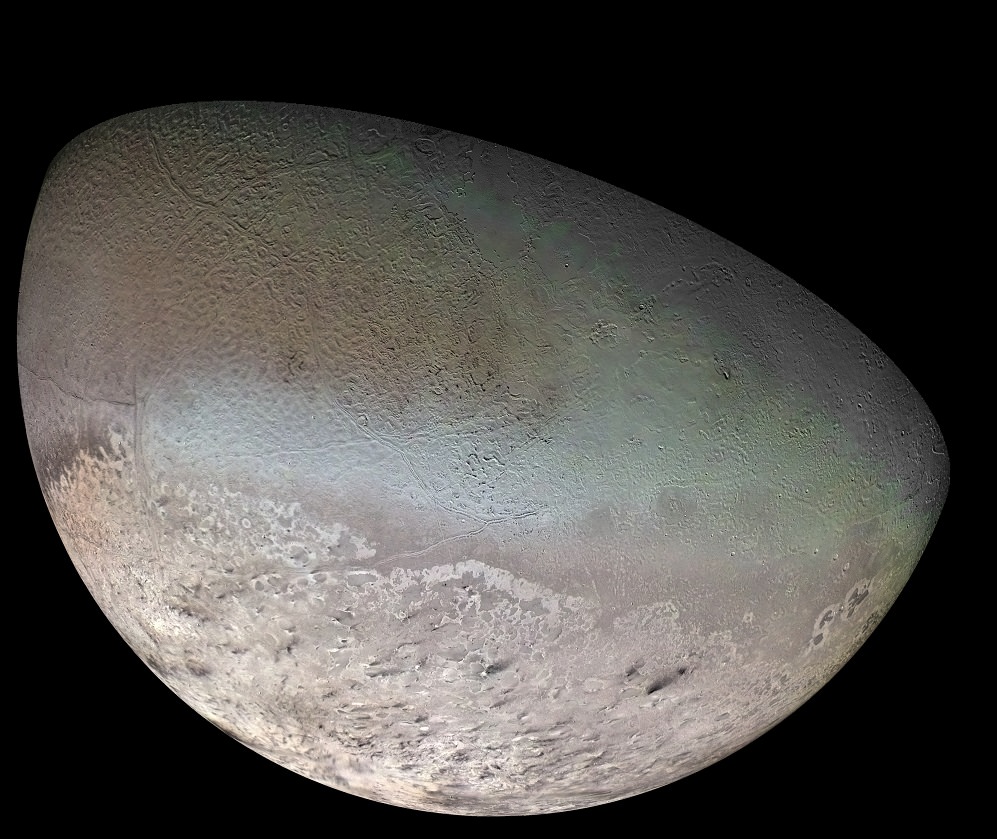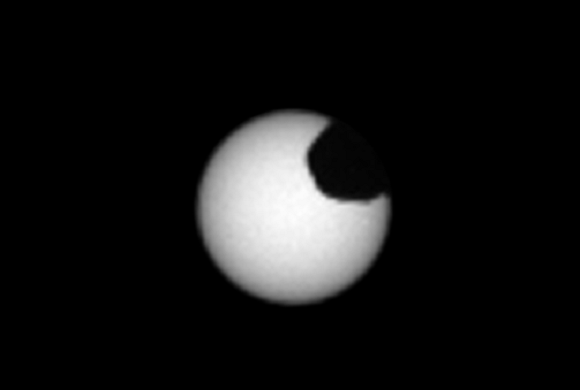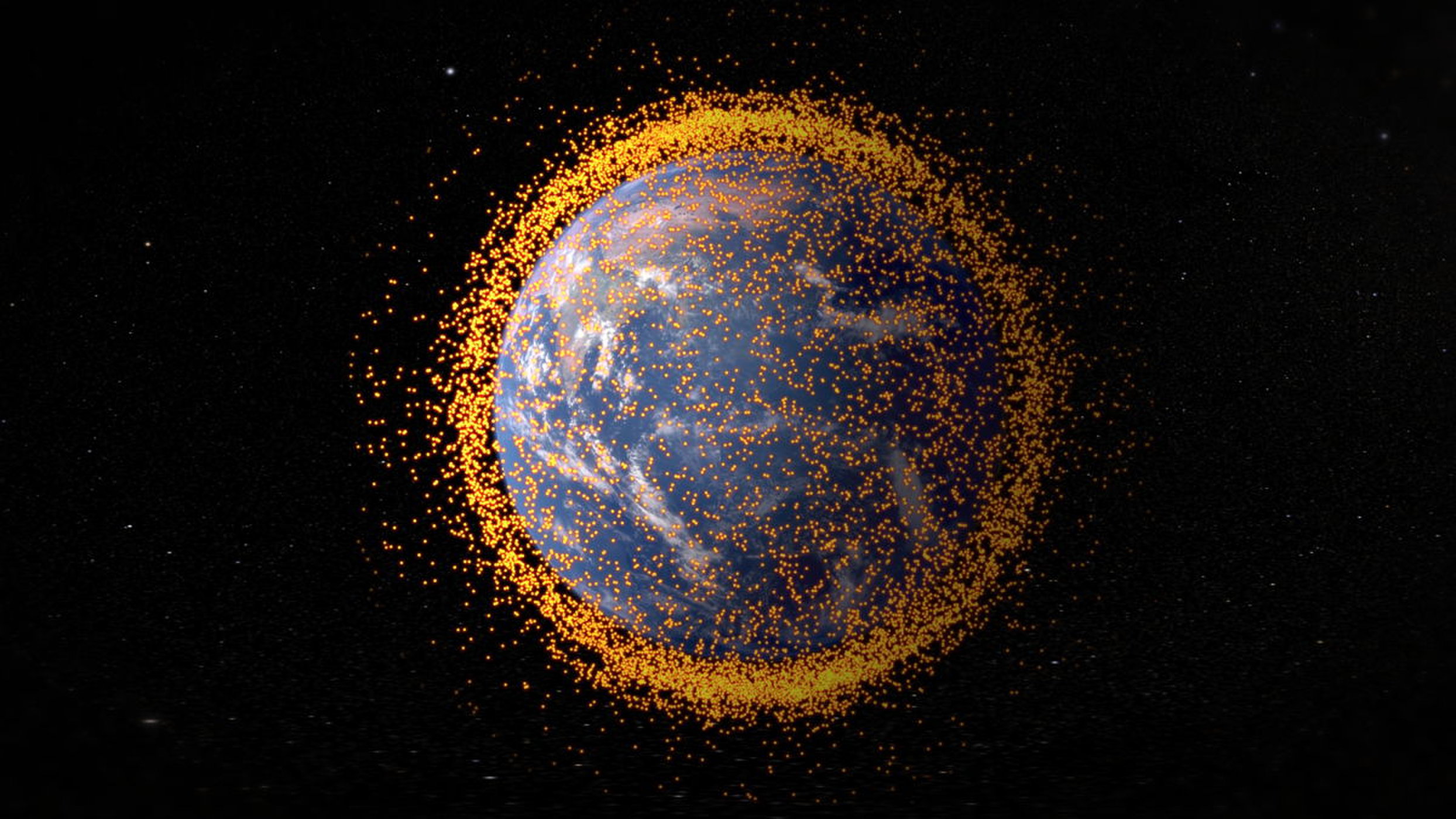Elon Musk has made a lot of crazy promises and proposals over the years, which inevitably leads people to pester him about deadlines. Whether it’s reusable rockets, affordable electric cars, missions to Mars, intercontinental flights, or anything having to do with his many other ventures, the question inevitably is “when can we expect it?”
That question has certainly come up in relation to his promise to launch a constellation of broadband satellites that would help provide high-speed internet access to the entire world. In response, Musk recently announced that SpaceX will launch the first batch of Starlink satellites in May 2019, and will continue with launches for the next five years.
Continue reading “SpaceX’s Starlink Constellation Construction Begins. 2,200 Satellites Will go up Over the Next 5 years”









